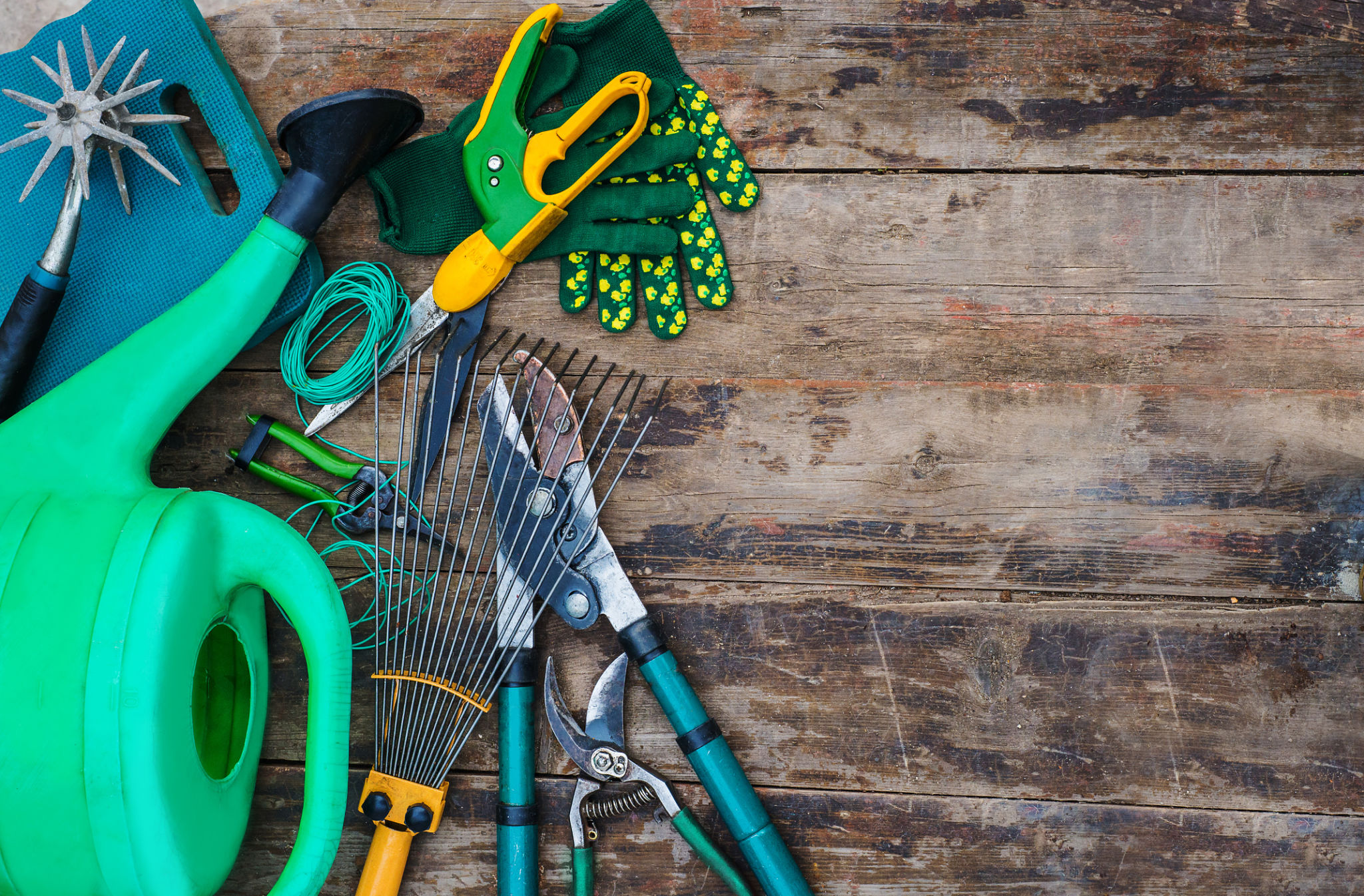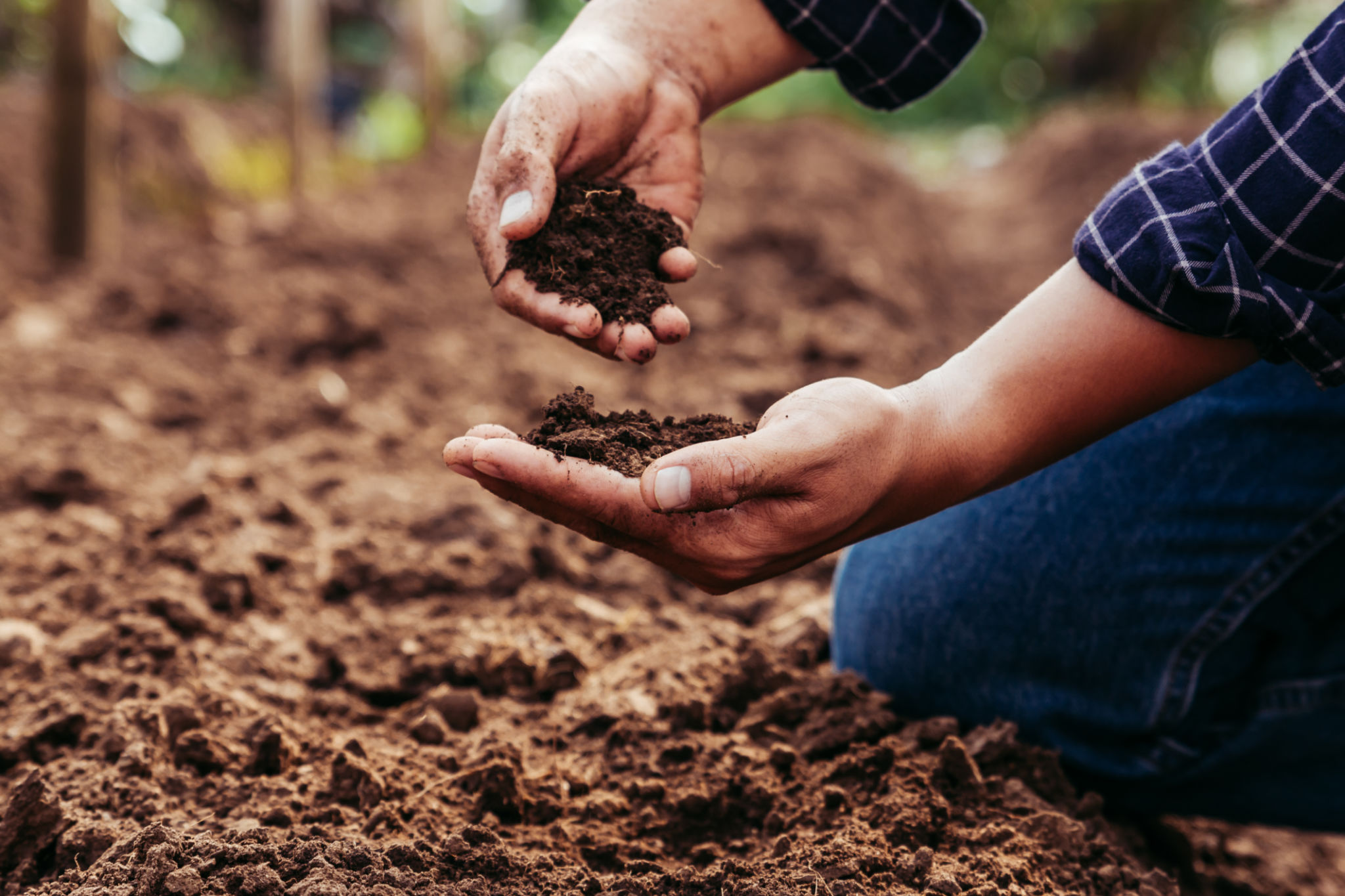How to Prepare Your Property for Seed and Sod Installation
Understanding the Basics of Seed and Sod Installation
Before diving into the specifics of preparing your property, it's important to understand the basics of seed and sod installation. Both methods aim to establish a lush, green lawn, but they differ in terms of time, cost, and maintenance. Seed installation involves spreading grass seeds over prepared soil, while sod installation involves laying down pre-grown grass rolls. Each has its pros and cons, so choose according to your needs.

Assessing Your Soil Condition
The first step in preparing your property is to assess the condition of your soil. Conduct a soil test to check for pH levels and nutrient content. Most grasses thrive in slightly acidic soil, with a pH between 6.0 and 7.0. If your soil is not suitable, you may need to amend it with lime or sulfur to adjust the pH levels. Additionally, consider adding organic matter or compost to improve soil fertility.
Clearing the Area
Before installing seeds or sod, clear the area of any debris, rocks, or old grass. This ensures that the new grass can establish roots without obstacles. Use a rake to remove any thatch or dead grass and dispose of any weeds. For larger areas, you might consider renting a sod cutter to remove old turf efficiently. This step is crucial for promoting healthy growth.

Leveling and Grading the Soil
A well-leveled and graded surface is essential for both seed and sod installation. Use a garden rake to level small areas, ensuring there are no depressions or high spots. For larger areas, you may need to use a lawn roller or contact a landscaping professional. Proper grading also helps with drainage, preventing water from pooling and potentially drowning your lawn.
Improving Soil Quality
Improving your soil quality is vital for the successful establishment of grass. Aeration is an effective way to enhance soil quality by allowing air, water, and nutrients to penetrate deeper into the ground. You can use a manual aerator for small areas or rent a machine for larger spaces. Additionally, incorporate a starter fertilizer to provide essential nutrients that promote root growth.

Watering Before Installation
Watering the soil before installing seeds or sod is crucial for helping them establish roots quickly. Ensure the soil is moist but not overly saturated. For seed installations, lightly water the area after sowing to keep the seeds from washing away. For sod installations, water the prepared soil thoroughly before laying down the sod rolls.
Choosing the Right Time for Installation
The timing of your installation can significantly impact the success of your lawn. Ideally, install seeds or sod during the growing season when temperatures are moderate, such as early spring or fall. Avoid extreme temperatures that can stress the grass and hinder growth. Additionally, check weather forecasts to ensure no heavy rainfall is expected immediately after installation.
By following these steps, you'll be well on your way to achieving a lush and healthy lawn. Whether you choose seed or sod, proper preparation is key to ensuring long-lasting results.
